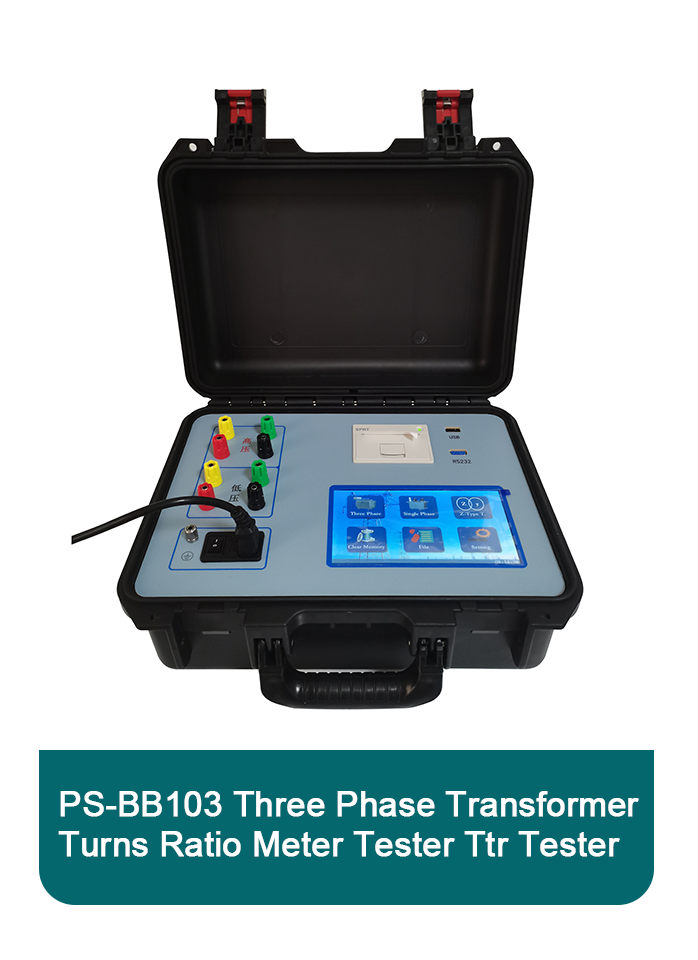 English
English



-
 Afrikaans
Afrikaans -
 Albanian
Albanian -
 Amharic
Amharic -
 Arabic
Arabic -
 Armenian
Armenian -
 Azerbaijani
Azerbaijani -
 Basque
Basque -
 Belarusian
Belarusian -
 Bengali
Bengali -
 Bosnian
Bosnian -
 Bulgarian
Bulgarian -
 Catalan
Catalan -
 Cebuano
Cebuano -
 China
China -
 China (Taiwan)
China (Taiwan) -
 Corsican
Corsican -
 Croatian
Croatian -
 Czech
Czech -
 Danish
Danish -
 Dutch
Dutch -
 English
English -
 Esperanto
Esperanto -
 Estonian
Estonian -
 Finnish
Finnish -
 French
French -
 Frisian
Frisian -
 Galician
Galician -
 Georgian
Georgian -
 German
German -
 Greek
Greek -
 Gujarati
Gujarati -
 Haitian Creole
Haitian Creole -
 hausa
hausa -
 hawaiian
hawaiian -
 Hebrew
Hebrew -
 Hindi
Hindi -
 Miao
Miao -
 Hungarian
Hungarian -
 Icelandic
Icelandic -
 igbo
igbo -
 Indonesian
Indonesian -
 irish
irish -
 Italian
Italian -
 Japanese
Japanese -
 Javanese
Javanese -
 Kannada
Kannada -
 kazakh
kazakh -
 Khmer
Khmer -
 Rwandese
Rwandese -
 Korean
Korean -
 Kurdish
Kurdish -
 Kyrgyz
Kyrgyz -
 Lao
Lao -
 Latin
Latin -
 Latvian
Latvian -
 Lithuanian
Lithuanian -
 Luxembourgish
Luxembourgish -
 Macedonian
Macedonian -
 Malgashi
Malgashi -
 Malay
Malay -
 Malayalam
Malayalam -
 Maltese
Maltese -
 Maori
Maori -
 Marathi
Marathi -
 Mongolian
Mongolian -
 Myanmar
Myanmar -
 Nepali
Nepali -
 Norwegian
Norwegian -
 Norwegian
Norwegian -
 Occitan
Occitan -
 Pashto
Pashto -
 Persian
Persian -
 Polish
Polish -
 Portuguese
Portuguese -
 Punjabi
Punjabi -
 Romanian
Romanian -
 Russian
Russian -
 Samoan
Samoan -
 Scottish Gaelic
Scottish Gaelic -
 Serbian
Serbian -
 Sesotho
Sesotho -
 Shona
Shona -
 Sindhi
Sindhi -
 Sinhala
Sinhala -
 Slovak
Slovak -
 Slovenian
Slovenian -
 Somali
Somali -
 Spanish
Spanish -
 Sundanese
Sundanese -
 Swahili
Swahili -
 Swedish
Swedish -
 Tagalog
Tagalog -
 Tajik
Tajik -
 Tamil
Tamil -
 Tatar
Tatar -
 Telugu
Telugu -
 Thai
Thai -
 Turkish
Turkish -
 Turkmen
Turkmen -
 Ukrainian
Ukrainian -
 Urdu
Urdu -
 Uighur
Uighur -
 Uzbek
Uzbek -
 Vietnamese
Vietnamese -
 Welsh
Welsh -
 Bantu
Bantu -
 Yiddish
Yiddish -
 Yoruba
Yoruba -
 Zulu
Zulu
Testing Solutions for Transformer Performance Assessment and Analysis
Understanding the Transformer Test Kit Ensuring Reliability and Performance in Electrical Systems
In the realm of electrical engineering and power distribution, transformers are critical components that facilitate the efficient transmission of electrical energy. Their proper functioning is essential for maintaining the efficiency of power systems. To guarantee the reliability and performance of transformers, various tools and methodologies are employed, among which the Transformer Test Kit stands out as an indispensable asset.
What is a Transformer Test Kit?
A Transformer Test Kit is a specialized set of equipment designed to evaluate the electrical and physical parameters of transformers. This kit typically includes a variety of instruments that assess various aspects, such as insulation resistance, winding resistance, power factor, turns ratio, and more. These measurements are vital for identifying operational issues, predicting maintenance needs, and ensuring that transformers are operating within their specified limits.
Importance of Testing Transformers
Transformers are subjected to various stresses during their operational life, including temperature changes, voltage fluctuations, and mechanical vibrations. Over time, these stresses can lead to insulation degradation, winding failures, and other potential issues that can compromise system performance and safety. Regular testing ensures that transformers operate efficiently and can help prevent unexpected failures that could lead to costly outages or hazardous situations.
Key Tests Conducted with a Transformer Test Kit
1. Insulation Resistance Testing This tests the quality of the insulation material within the transformer. High resistance values indicate good insulation, while low values can highlight deterioration or moisture ingress.
2. Winding Resistance Testing This test evaluates the resistance of the transformer windings and helps identify issues such as loose connections or degraded windings, which can impact overall efficiency.
transformer test kit

3. Power Factor Testing This measures the power factor of the insulation system, helping to determine the condition of the insulation materials. A low power factor can indicate moisture or impurities in the insulation.
4. Turns Ratio Testing This test assesses the relationship between the primary and secondary windings of a transformer. Ensuring the turns ratio is within the specified range is essential for efficient voltage transformation.
5. Core Saturation Testing This evaluates how the transformer core responds to magnetic flux and ensures that the core is operating within its saturation levels to prevent overheating and loss of efficiency.
Benefits of Using a Transformer Test Kit
Using a Transformer Test Kit offers numerous advantages for utilities, manufacturers, and maintenance teams. Firstly, it enhances the reliability of electrical systems by identifying potential problems before they escalate into critical failures. Secondly, it promotes increased efficiency by ensuring that transformers operate within their optimal ranges. This can lead to energy savings and a reduced carbon footprint, aligning with global sustainability goals.
Additionally, regular testing provides valuable data that can inform strategic maintenance planning. By understanding the health of transformers and predicting potential issues, organizations can allocate resources more effectively and avoid unplanned downtime.
Conclusion
In conclusion, the Transformer Test Kit is a vital tool in the electrical engineering field, ensuring that transformers remain reliable and efficient over their operational lifespan. With the increasing demand for a stable and efficient power supply in our modern world, the importance of such testing cannot be overstated. By employing a comprehensive testing regime, organizations can not only enhance the reliability of their power systems but also contribute to the overall sustainability and efficiency of energy distribution networks. Regular testing and maintenance through a Transformer Test Kit is not just a recommendation—it is a necessity for modern electrical infrastructure.
-
Ensuring SF₆ Gas Safety: Introducing PUSH’s Integrated SF₆ Analyzer for Dew Point, Purity, and Decomposition MonitoringNewsJul.10,2025
-
Exploring the Main Types of Industrial Endoscopes and Their Applications Across IndustriesNewsJul.04,2025
-
Testing Equipment Industry Sees Major Advancements in 2025: Smart & Precision Technologies Lead the WayNewsJun.06,2025
-
Applications of Direct Current Generators in Renewable Energy SystemsNewsJun.05,2025
-
Hipot Tester Calibration and Accuracy GuidelinesNewsJun.05,2025
-
Digital Circuit Breaker Analyzer Features and BenefitsNewsJun.05,2025



